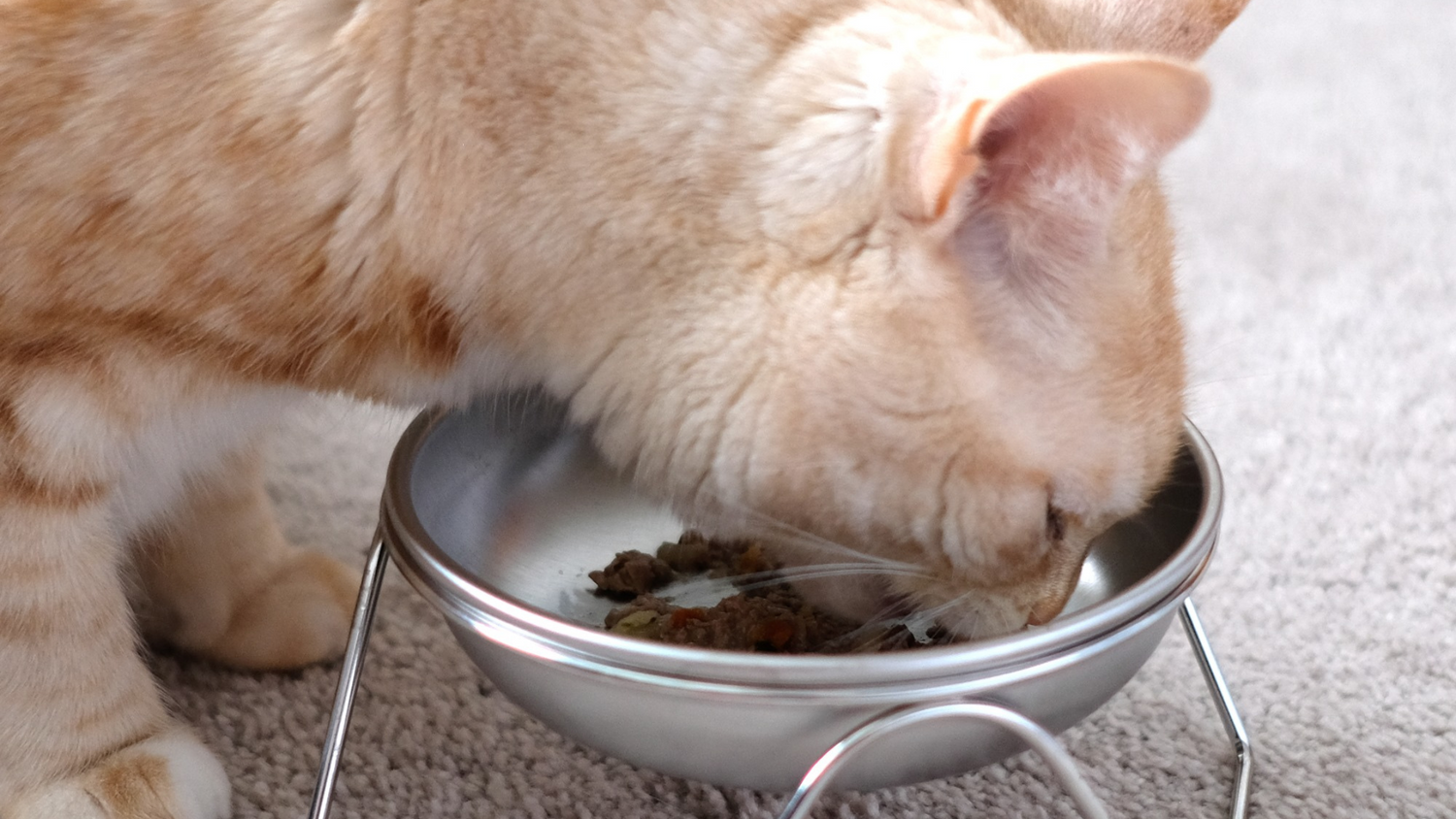Dog pica is a condition characterized by the consumption of non-food items. This behavior can be concerning for pet owners, as it can lead to serious health issues if not addressed. Understanding the symptoms of dog pica is important for identifying the condition and seeking appropriate treatment. Below, we will discuss the common signs of dog pica and what to look out for.
Common Symptoms of Dog Pica
There are several signs that may indicate a dog is suffering from pica. These symptoms can vary in severity and may include:
1. Eating Non-Food Items
One of the most obvious signs of dog pica is the consumption of non-food items. This can include anything from rocks and plastic to clothing and household objects. If you notice your dog consistently eating non-food items, it is important to address this behavior promptly.
2. Persistent Chewing and Licking
Dogs with pica may exhibit persistent chewing and licking behaviors, even when there are no non-food items present. This can lead to damage to the mouth and teeth, as well as potential ingestion of harmful substances.
3. Digestive Issues
Dogs with pica may experience digestive issues such as vomiting, diarrhea, or abdominal discomfort. These symptoms can be a result of consuming non-food items that are not easily digestible or toxic to the dog’s system.
4. Changes in Behavior
Pets with pica may exhibit changes in behavior, such as lethargy, restlessness, or anxiety. These changes can be a result of discomfort or illness caused by the ingestion of non-food items.
5. Inability to Keep Weight On
If a dog is consistently consuming non-food items, they may have difficulty keeping weight on. This can lead to nutritional deficiencies and other health issues over time.
What to Look Out For
When monitoring your dog for signs of pica, it is important to pay attention to their behavior and environment. If your dog has access to non-food items or is exhibiting any of the symptoms mentioned above, it may be necessary to seek veterinary care. Additionally, if your pet displays any sudden changes in behavior or health, it is important to consult with a professional to rule out any potential underlying issues.
Conclusion
Understanding the symptoms of dog pica is crucial for identifying the condition and seeking appropriate treatment. By being aware of the common signs of pica and what to look out for, pet owners can take proactive steps to address this behavior and ensure the health and well-being of their furry companions.
FAQs
Q: Is dog pica a common condition?
A: Dog pica is not uncommon, and it can affect dogs of all ages and breeds. However, the severity and underlying causes of pica can vary among individual pets.
Q: Can dog pica be treated?
A: Yes, with proper diagnosis and treatment, dog pica can be managed. This may involve behavioral interventions, dietary changes, or addressing any underlying medical issues contributing to the behavior.
Q: What should I do if I suspect my dog has pica?
A: If you notice any signs of pica in your dog, it is important to consult with a veterinarian. They can help determine the underlying cause of the behavior and recommend an appropriate treatment plan.
Q: How can I prevent my dog from consuming non-food items?
A: Preventing access to non-food items and providing a safe and stimulating environment for your dog can help minimize the likelihood of pica. Additionally, training and supervision can play a key role in addressing this behavior.
dog pica symptoms
Dog Pica is a condition in which a dog engages in the eating of non-food items. This can include anything from rocks and socks to plastic and paper. Understanding the symptoms of Dog Pica is important for dog owners in order to recognize the signs and seek the appropriate treatment for their pet.
One of the most common symptoms of Dog Pica is the eating of non-food items. If you notice that your dog is consuming things that are not edible, it may be a sign that they are suffering from this condition. This behavior can be dangerous and even life-threatening, as it can lead to blockages in the digestive system or poisoning.
Another symptom of Dog Pica is vomiting and diarrhea. Consuming non-food items can irritate the stomach and intestines, leading to digestive upset. If your dog is experiencing frequent vomiting and diarrhea, it is important to seek veterinary care to determine the cause and appropriate treatment.
If you notice that your dog has a decreased appetite or is losing weight, it may be a sign of Dog Pica. Consuming non-food items can take the place of nutritious food in your dog’s diet, leading to malnutrition and weight loss. It is important to address this issue with your veterinarian to ensure that your dog receives proper nutrition and treatment for their condition.
Behavioral changes can also indicate Dog Pica. If your dog is acting lethargic, anxious, or appears to be in distress, it may be a sign that they are suffering from this condition. It is important to seek veterinary care to determine the cause of these changes and to address any underlying issues.
Another symptom of Dog Pica is the presence of non-food items in your dog’s vomit or stool. If you notice that your dog is passing objects that they have consumed, it is important to seek veterinary care immediately. Ingesting non-food items can lead to serious health issues, and it is important to address this issue promptly.
If you notice any of these symptoms in your dog, it is important to seek veterinary care as soon as possible. Your veterinarian can conduct a physical examination and diagnostic tests to determine the cause of your dog’s symptoms and develop a treatment plan. Understanding the symptoms of Dog Pica and seeking appropriate care can help to ensure the health and well-being of your pet. dog pica symptoms








